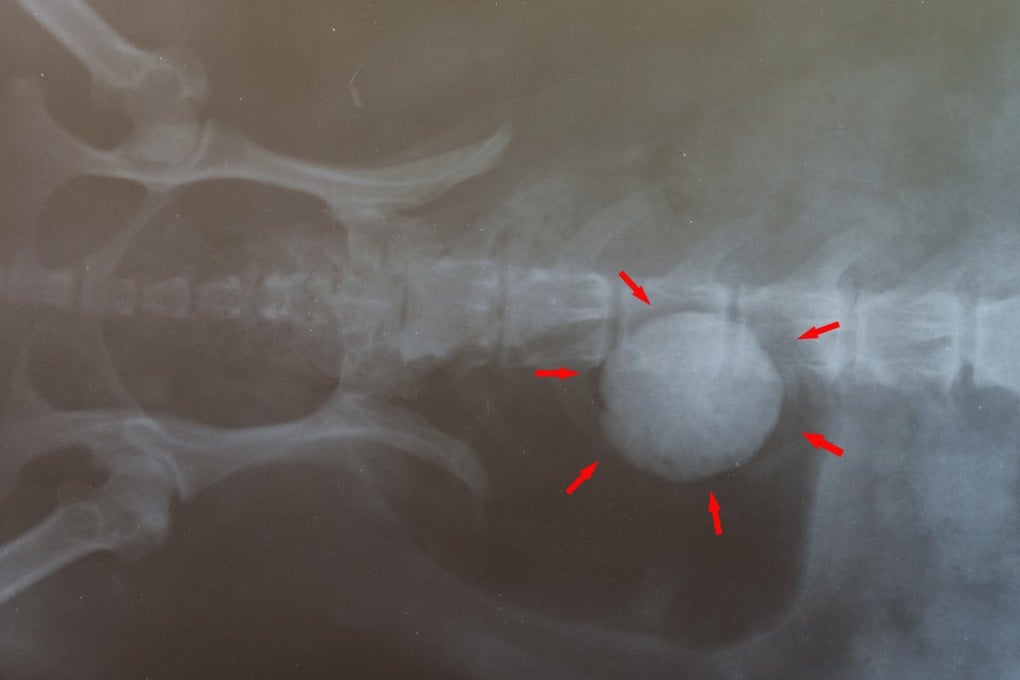Healthy, balanced diet helps prevent bladder stones in cats and dogs
Felix Paige

Bladder stones affect millions of dogs and cats every year. In many cases they can be asymptomatic, causing no outward signs or discomfort, but in others they can cause serious discomfort and even become life-threatening.
Bladder stones result from a combination of factors, including a high-mineral and high-protein diet, abnormal urinary pH (acid or alkaline urine), and the dog or cat's underlying breed and genetics.
There are various types of crystals and stones, but the two most common are struvite and oxalate. Struvite crystals are composed of phosphorus, magnesium and urea, whereas oxalate crystals are composed of calcium and oxalate. "All of these are found in meat, and animals on an unbalanced, high-meat, high-protein diet are much more likely to develop stones," Gething says. "Diet also strongly influences urinary pH."
Chronic bacterial infections of the bladder predispose an animal to forming crystals and stones by altering the urine chemistry, acting as a microscopic seed on which the crystal can start growing.

Gething says that many bladder stones cause little discomfort, at least initially, but over time they grow, rub and cause irritation. This can result in blood in the urine, straining to urinate, and passing small amounts of urine frequently. It is also common for pets to urinate inside the house (or outside the litter box for cats) because they are distressed.